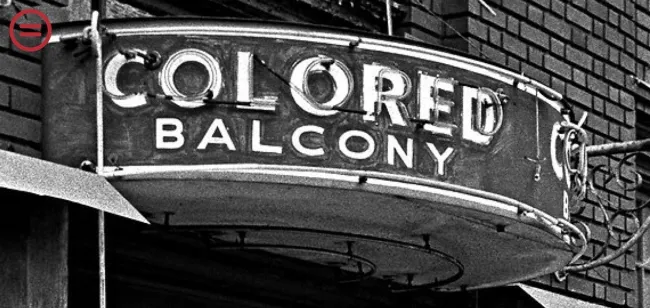The Racist and Classist History of "Peanut Gallery": From Vaudeville to Modern Awareness
The phrase “peanut gallery” is often used today to dismiss unsolicited opinions or hecklers, but its history is far more complex. While many associate it with the Howdy Doody Show audience of the 1940s, its roots stretch back to the 19th century, intertwined with class and racial divisions in American society. Here’s a closer look at its origins, the ongoing debate about its implications, and why its use remains controversial.
1. Vaudeville Origins: Cheap Seats, Peanuts, and Rowdy Crowds
The term “peanut gallery” first appeared in the 1860s–1870s, referring to the cheapest seats in vaudeville theaters, usually located in the upper balconies. These sections were filled with working-class patrons, immigrants, and—especially in the segregated South—Black audiences. Known for their vocal reactions, spectators in these seats would sometimes throw peanuts at performers they disliked, making the snack a symbol of disapproval.
While the phrase is often associated with class divisions, its racial context complicates its history. In the segregated South, Black patrons were often relegated to these upper sections, leading some historians to argue that “peanut gallery” became a coded racial term. Linguist Stuart Berg Flexner noted that in the 19th century, it was sometimes used interchangeably with offensive racial slurs.
2. The Debate: Classism or Racism?
The controversy surrounding the phrase stems from whether its origins are rooted more in economic disparity or racial segregation. Those who highlight its racist undertones point to:
- Segregation laws in the South that forced Black patrons into the least desirable seats.
- The peanut’s historical association with slavery, as enslaved Africans cultivated peanuts, and after emancipation, many Black farmers were limited to growing them as a low-profit crop.
However, others argue that “peanut gallery” primarily reflected class divisions. In non-segregated Northern theaters and British music halls, cheap balcony seats—sometimes called “the gods”—were occupied by racially mixed, lower-income crowds. Scholars, including those behind the Oxford English Dictionary, emphasize the phrase’s class-based origins while acknowledging the racial context of American segregation.
3. Pop Culture Reinvention: Howdy Doody and Peanuts
By the mid-20th century, the phrase had taken on a more innocent meaning. The children’s TV show Howdy Doody popularized the term “Peanut Gallery” as a playful name for its live audience, stripping it of its historical baggage for a new generation.
Similarly, Charles Schulz’s comic strip Peanuts indirectly referenced the phrase, though Schulz himself reportedly disliked the title, which was imposed by his publishers. These pop culture adaptations distanced the term from its racist and classist past, embedding it in everyday language as a lighthearted expression.
4. Modern Sensitivities: Why the Phrase Is Being Reconsidered
Despite its mainstream revival, discussions about the racist and exclusionary history of “peanut gallery” have resurfaced. Advocates for inclusive language argue that:
- Words carry historical weight. Even if used innocently today, certain phrases can evoke painful legacies.
- There are alternative terms. Words like “audience,” “hecklers,” or “commenters” serve the same purpose without the baggage.
- Institutions are taking note. The University of Arizona Libraries and other organizations have flagged “peanut gallery” in anti-racist language guides, encouraging more thoughtful word choices.
5. The Power of Language
The debate over “peanut gallery” is part of a broader conversation about the impact of language. While its origins are nuanced, its historical associations with racism, segregation, and class discrimination cannot be ignored. As society becomes more aware of the histories behind everyday phrases, choosing more inclusive language fosters greater understanding and respect.
As language columnist Jeffrey Barg puts it, “Understanding where phrases come from is key to breaking cycles of systemic racism.” Whether you choose to stop using the term or continue with awareness, its history serves as a reminder that words are never just words.
